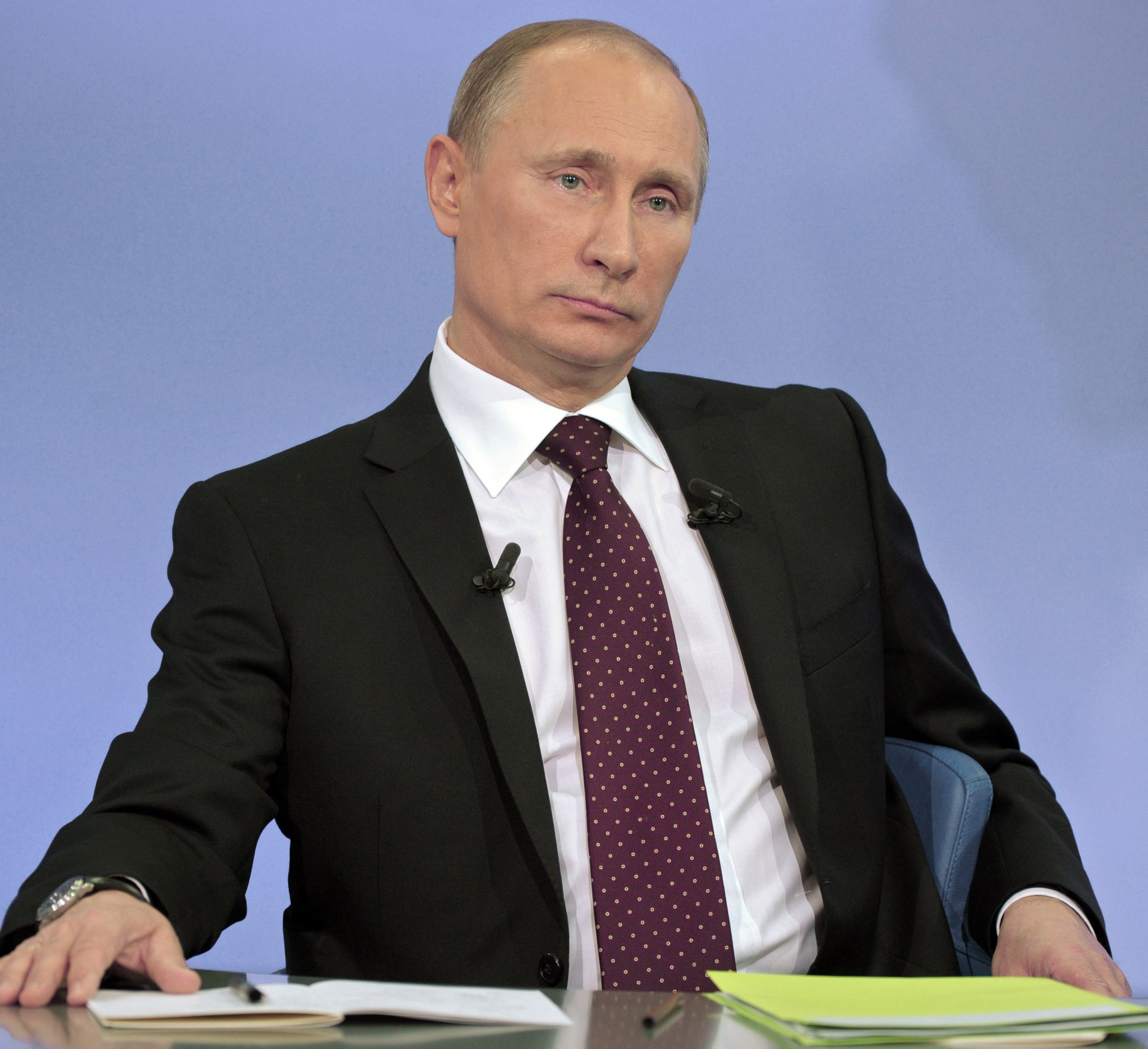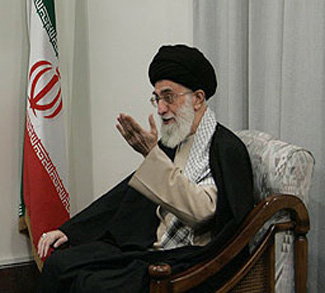At a valuation of $50 billion USD, the China-Pakistan Economic Corridor (CPEC) is a significant project and a critical benchmark for the two state actors involved. For Pakistan, CPEC promises to address infrastructure deficits and provide a strong template from which entrepreneurship and industrial growth can commence. For China, CPEC represents a proof-of-concept for the broader Belt-and-Road Initiative (BRI), which in its 7 years of existence, has weathered an onslaught of criticism regarding everything from the BRI’s questionable local support to entrapping debt practices.
From the vantage point of both China and Pakistan, CPEC’s success would not only fulfill a sense of pride and prestige but also garner necessary momentum and influence across South Asia, solidifying China’s increasingly pivotal role in global trade and security. Thus, these stakes have deeply influenced the decision by Pakistan’s military and security establishment to involve itself in the facilitation and oversight of CPEC activities. Such conditions stand in stark contrast to suggestions that CPEC’s objectives are purely economic. Allegations of a “dual-use” design approach toward CPEC is fueled by the site selection process for CPEC’s transportation infrastructure, as well as the establishment of an industrial base in CPEC territory that would produce military equipment with Chinese support.




